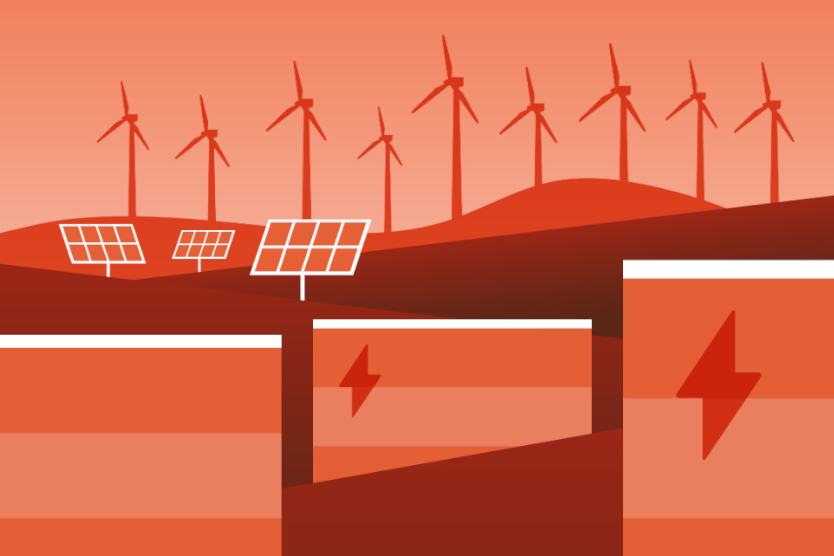
The aim of the LIMELISA project is to develop large-scale electrothermal storage solutions.
As ever-greater numbers of wind and solar plants come on-grid in Germany, the question of what to do with the thousands of gigawatt hours of electricity that can’t be used at the moment of generation becomes more pressing. In the LIMELISA project, the Karlsruhe Institute of Technology (KIT) and the German Aerospace Centre (DLR) have joined forces with an industrial partner to develop large-scale electrothermal storage solutions.
The basic idea is to design and prototype comparatively cheap storage units that convert electricity into heat, which is buffered in electrothermal liquids, before being converted back into power when needed. "By using media such as molten salts and liquid metals as storage and heat transport media, very high temperatures can be achieved," says Professor Thomas Wetzel, who works at the Institute for Thermal Energy Technology and Safety (ITES) and the Institute for Thermal Process Engineering at KIT, in a press release. "This opens up new fields of application for thermal storage in industry and creates ecologically and economically sustainable options for the climate-friendly conversion of the energy supply."
The new technology will drive sector coupling in industries that require high-temperature process heat, such as chemical or metal processing and building materials. "Currently, this demand is predominantly met with fossil fuels," explains Dr Walter Tromm, head of ITES, in the release. "High-temperature heat storage would be an elegant option here… and solves the problem of the fluctuating availability of renewable energy sources."
The KIT research team is focusing on liquid metal technologies, while the DLR is working with molten salts. The research project is coordinated with their industrial partner KSB GmbH, a manufacturer of pumps and valves with 60 years’ experience of working with liquid metal cycles.
The Federal Ministry for Economic Affairs and Energy is funding the research with EUR 3.8 million.


